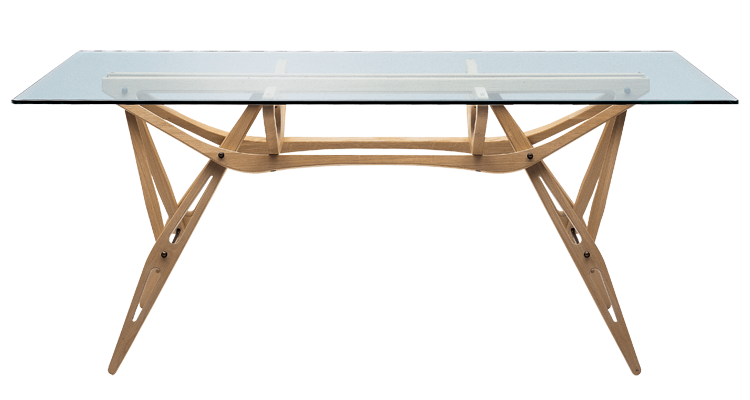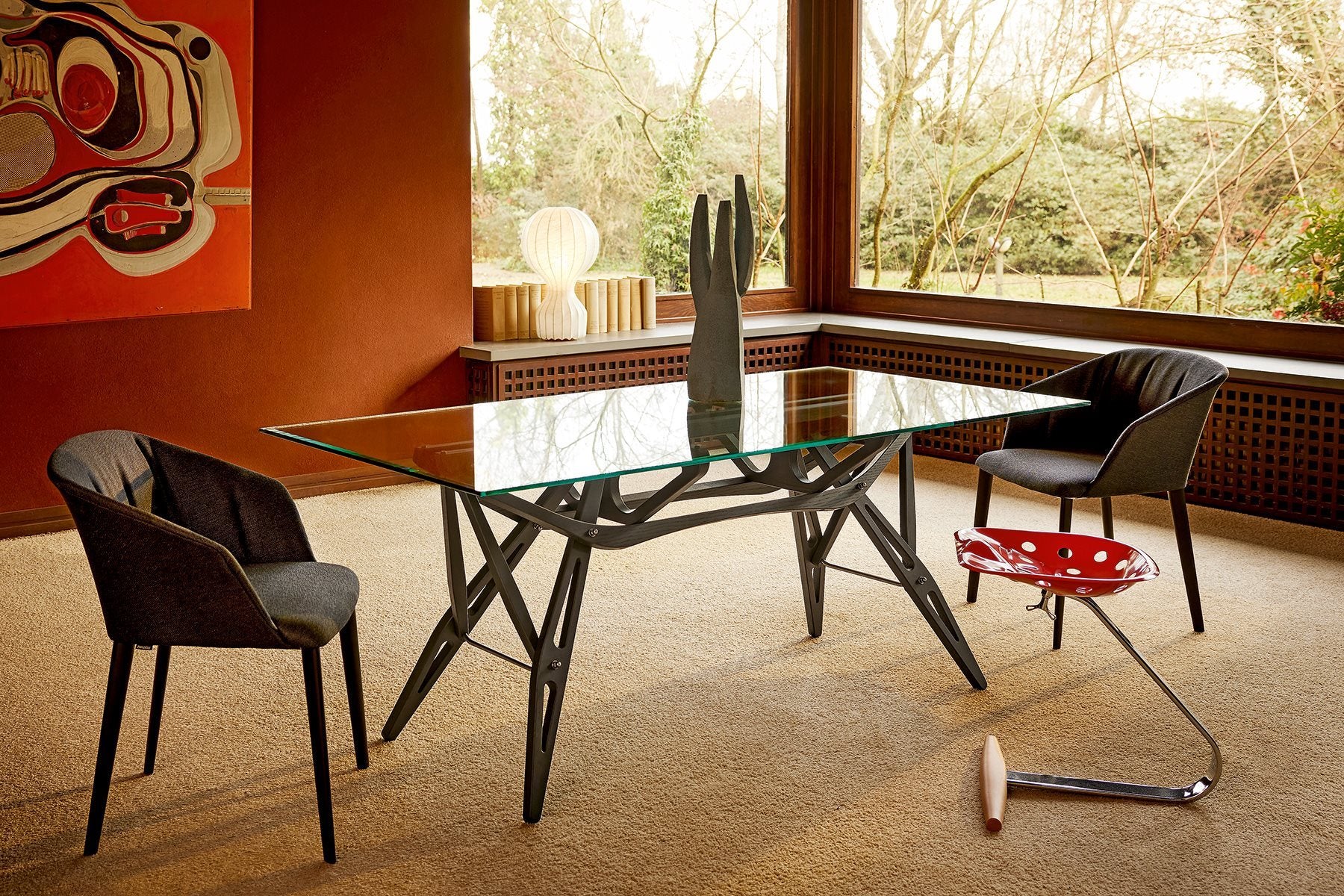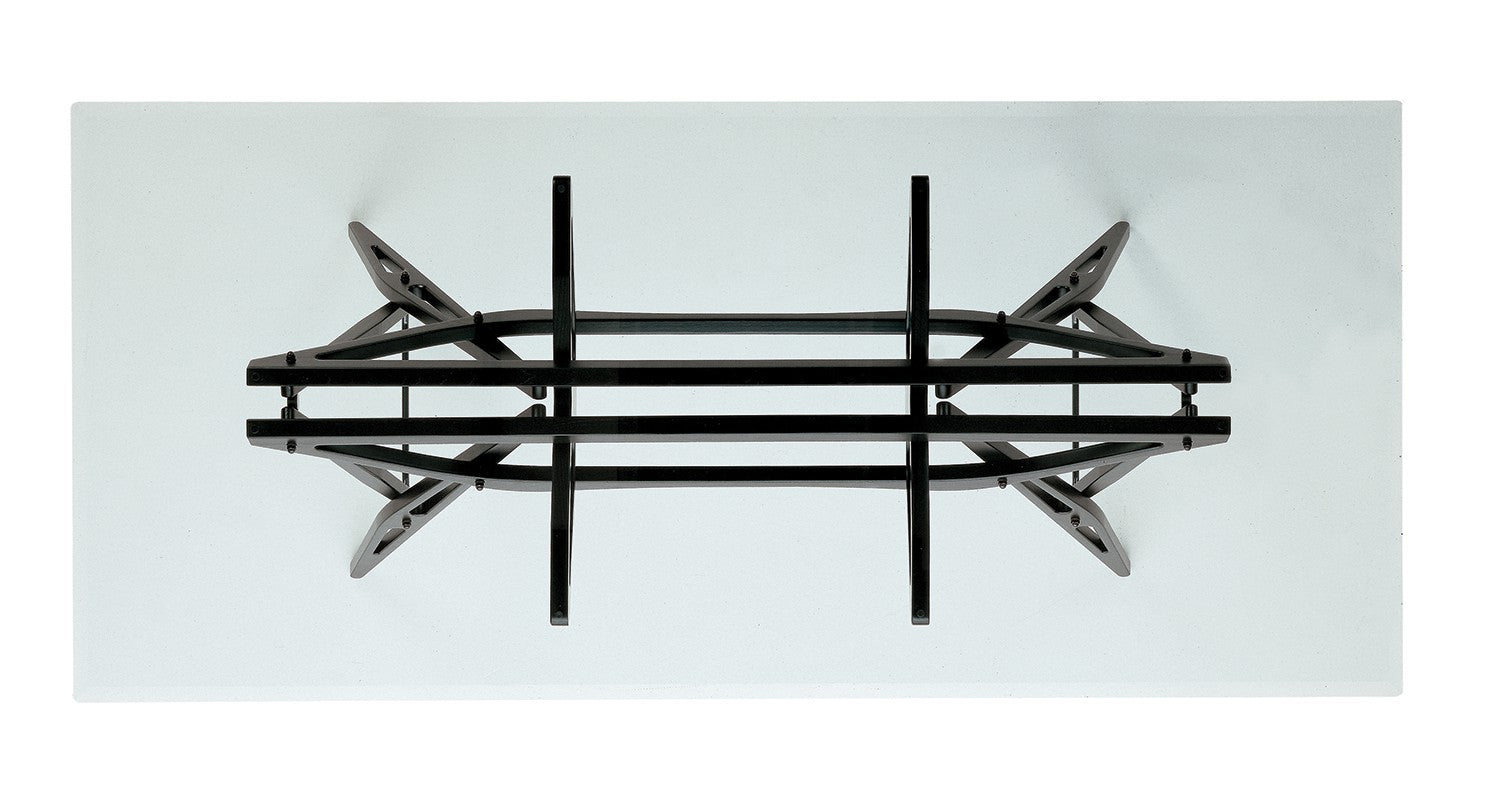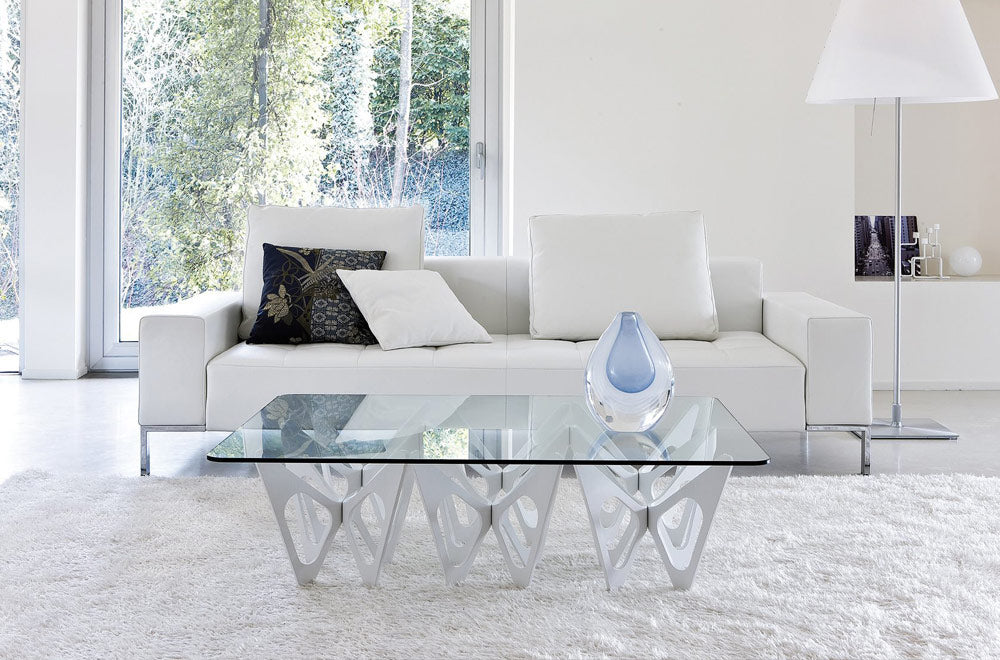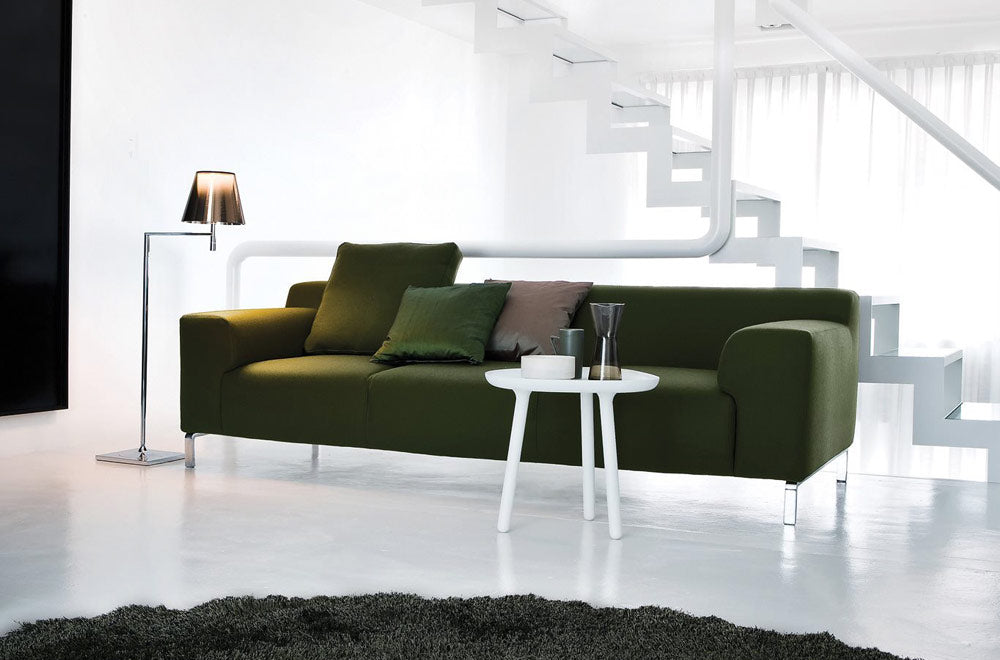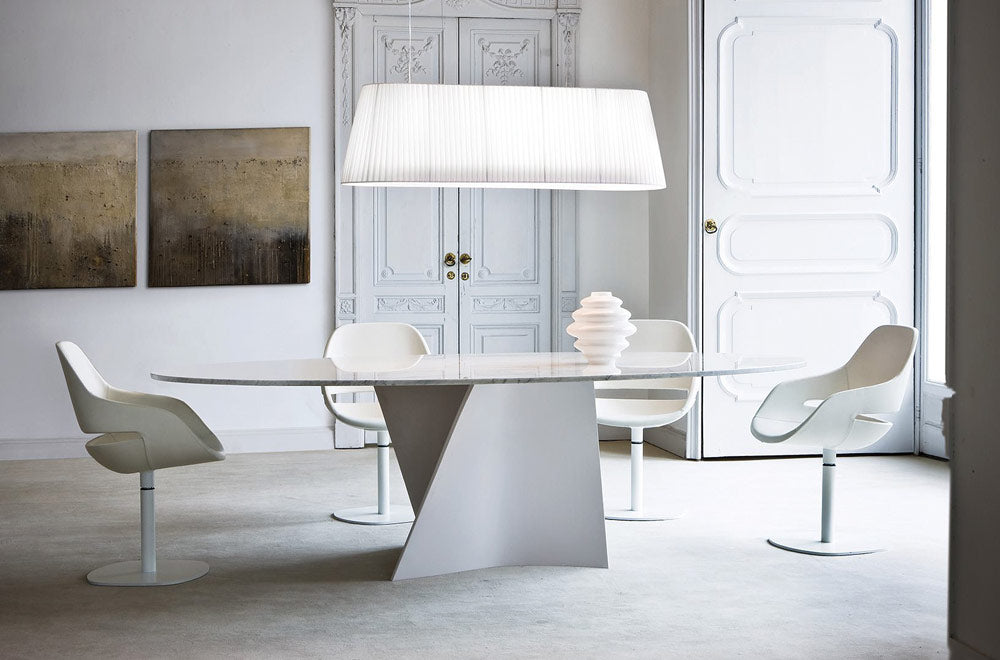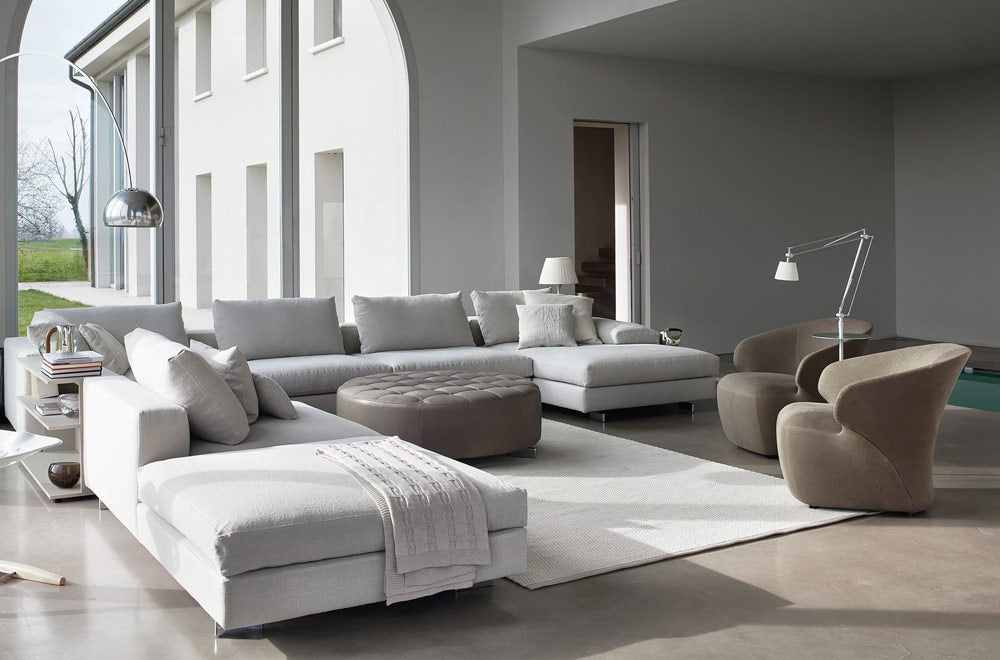Who knows what Carlo Mollino would have been capable of today, with access to carbon fibres or other composite materials, if in the 1950s he was able to create, using only solid wood and capable artisans, slender, lean and slim structures, equalled only in the contemporaneous constructions of Franco Albini, and the lightened struts of his Veliero bookshelf?
Articulate and complex shapes, but which once understood can astonish owing to the constructive intelligence of a perfect mechanism where every element slots together, matching, twinlike with precision to the others, through precise (and custom-design) metal joint systems. True masterpieces, like the Reale table, created with a compact, transparent skeleton embellished with a crystal top that seems to frame it.
The Reale Table Series is available in a range of variations. Explore the complete collection here.
Available in 3 sizes:
80W x 60L x 72H cm
90W x 180L x 72H cm
90W x 200L x 72H cm
Table. 15 mm thick, plate glass top with or without bevelled edges, or 20 mm thick top either in Emperador marble, with stain-resistant protective varnish, in clear matt polyester. Frame in natural- or in Canaletto walnut dyed-oak or painted with an open pore black or white finish.
Carlo Mollino was an Italian designer, architect, and photographer known for his varied interests and projects. Ranging from well-crafted chairs, tables, and automobile designs, Mollino pursued aesthetic appeal in all aspects of his life. “Only when a work is not explainable other than in terms of itself can we say that we are in the presence of art,” he once explained. “This ineffable quality is the hallmark of an authentic work.” Born on May 6, 1905 in Turin, Italy, he became interested in art and design from a young age and went on to study architecture at the Polytechnic University in his hometown. Early on in his career, Mollino collaborated with his father who ran an engineering company, but by the 1940s, he was creating his own designs.





